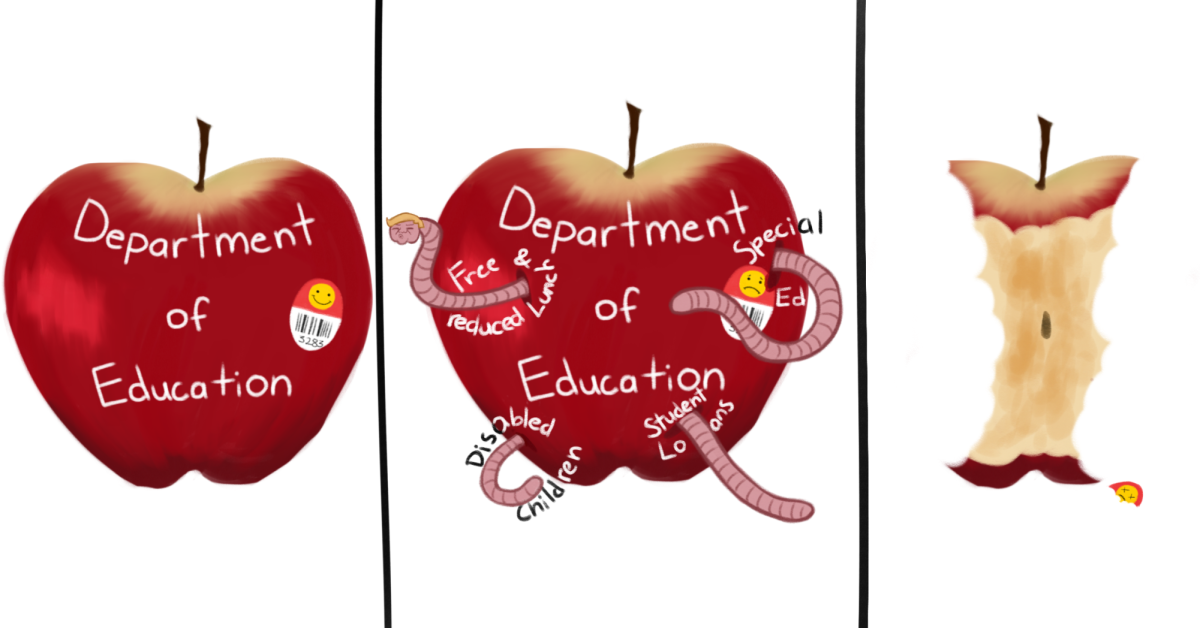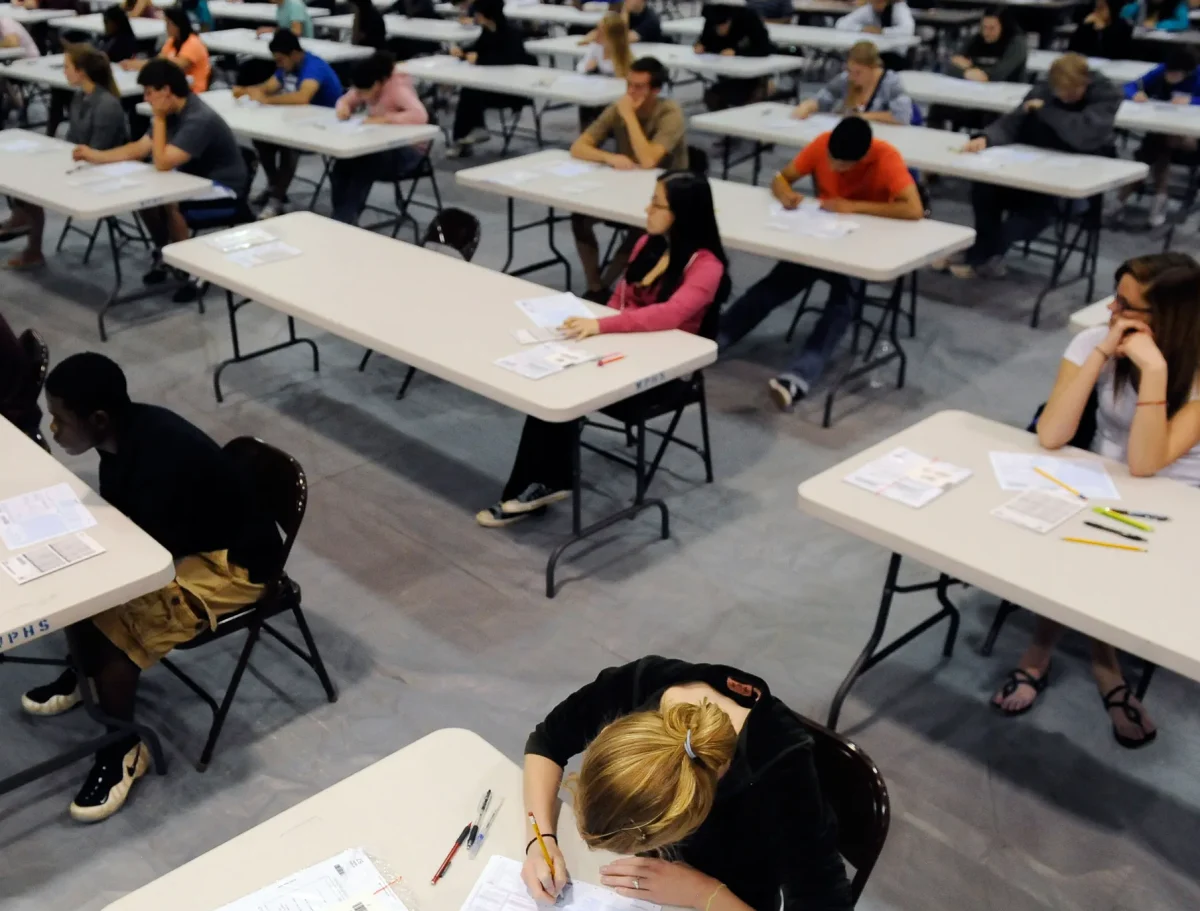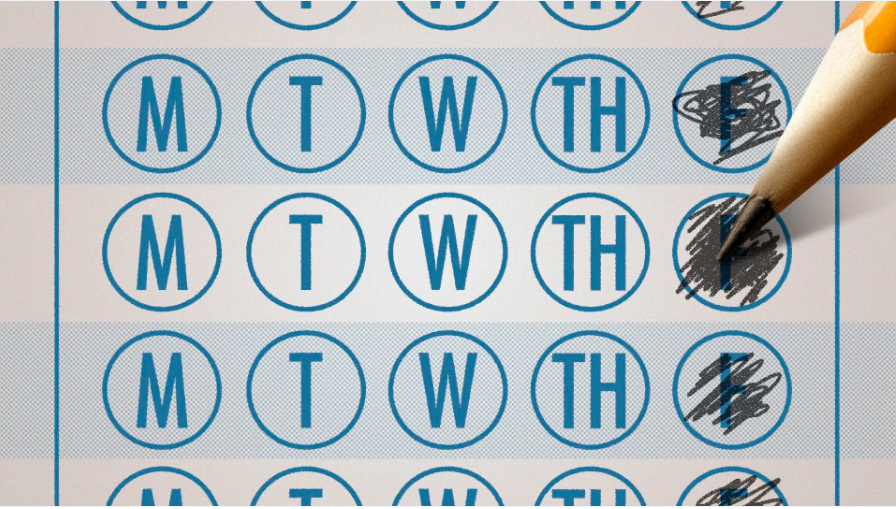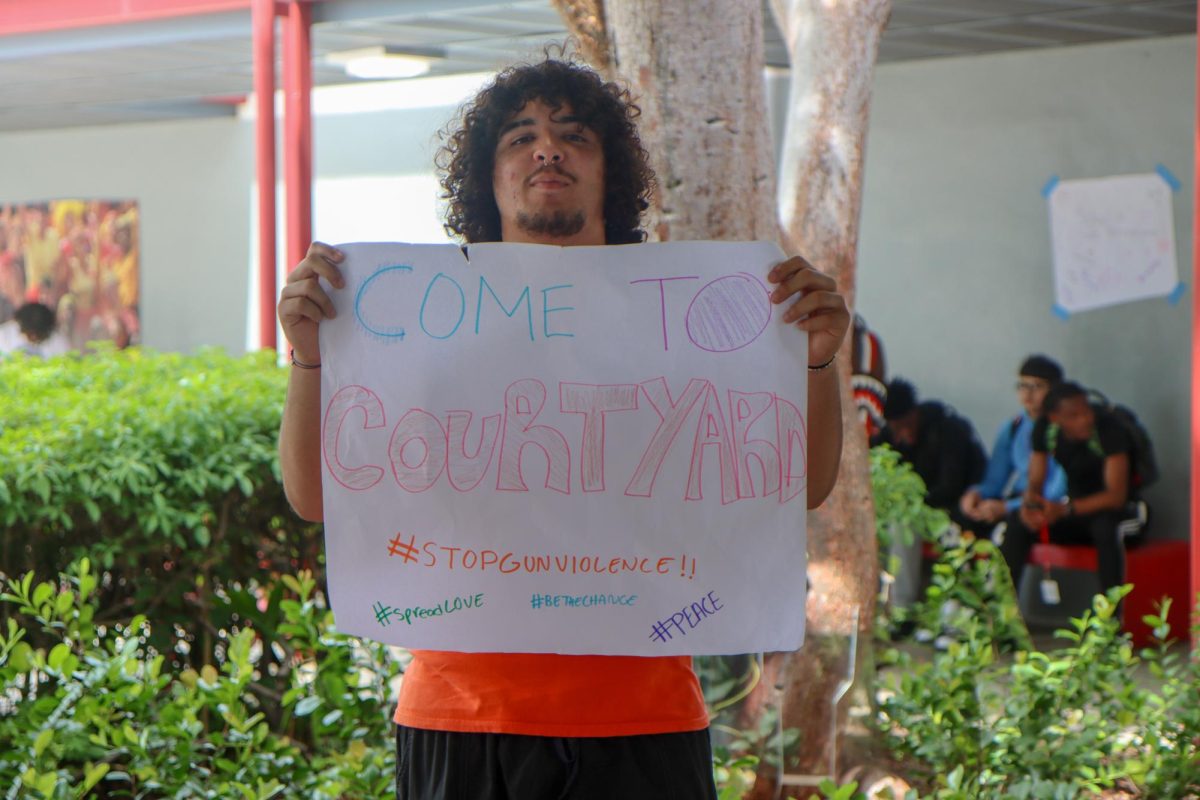On Tuesday, March 11, 2025, the U.S. Department of Education (DOE) announced it was firing more than 1,300 workers. Already an additional 572 employees had accepted separation packages, and 63 probationary workers were terminated in February. With more than half of the DOE gutted out, it spells doom for public school students like me.
Established in 1980, the Department of Education was created by Congress and signed into law by the Carter Administration in order to “address the need for a coordinated approach to education in America and ensure that resources are distributed across schools equally.” Schools are typically funded by their area’s property taxes and through state taxes, with poorer schools receiving some help from the DOE.
For a student like me, who attends an underfunded, urban public school, it has been a great benefit. Personally, at my school, 59% of students are economically disadvantaged, with some of them coming from broken homes and even homeless. 56% of students here benefit from the Free and Reduced lunches, granting them free breakfast and lunch. The DOE distributes federal money to support programs through the National School Lunch Act, which helps schools provide lunches for their students.
Without help from the DOE, many students with learning disabilities greatly benefit from the Individuals with Disabilities Act (IDEA), which ensures that schools provide free and appropriate education to all eligible students with disabilities and ensures special education and related services to those children. Without this, our Exceptional Student Education (ESE) students with severe learning disabilities will lose their support systems and be moved to regular classes. I remember one year we had a kid named Dante who was autistic and would disrupt the class by constantly jumping around, shouting, and sleeping outside of class in the morning with his McDonald’s breakfast in his hand. And it was clear that he needed more help than our teacher could give him. She spent more time dealing with him than teaching the class. If the department is shut down, it could have similar impacts across every classroom.
Another function of the DOE is to send federal money to public schools and support colleges and universities through financial aid and the management of student loans. This is critical to me because I work over 35 hours every week at my job to support my mom and myself. I would have to work even harder without student loans. Grants and loans that are made cheap for students to be able to afford for aspiring college students may not be available or may be moved into the private sector, thereby making them more expensive with higher interest rates.
And it’s not just me; many students across America rely on loans and grants to help them get through school, and without them, many could not afford to go to college. After the Trump administration halved the DOE workforce during that same week, the FAFSA website was down for a couple of days, which caused me and thousands of aspiring college students to be unable to access the website to check on their student aid status or to apply for student aid.
According to an article published by The New York Times, a statement made by Education Secretary Linda McMahon described the layoffs as part of an effort to deliver services more efficiently and said the changes would not affect student loans, spell grants, and funding for special needs students. I see this as highly unlikely that a federal department of only 2000 workers could address the needs of the more than 50 million students in public schools. I can’t see how they did it before with 4,000. Seems like they were doing a good job.
Historically, republicans have always tried to get rid of the DOE, citing that it is a wasteful department. Getting rid of the department would stop the student federal aid programs, fund education programs for K-12, and, importantly, it would get rid of the Office of Civil Rights, whose goal is to enforce civil rights laws. This means schools cannot get federal funding if they are breaking civil rights laws based on sex, origin, race, etc.
According to BBC, at a news conference on March 12, Trump said the goal is to move the Department of Education into the states, “so that the states, instead of bureaucrats working in Washington… the states can run education.” But since its creation, it has never been involved with the education curriculum that is the responsibility of the state and local government, with the one exception being the No Child Left Behind (NCLB) law, which was promoted by Republican president George W. Bush in 2002. The NCLB laws aimed to improve student achievement and hold schools accountable for student performance, particularly for disadvantaged students, by mandating standardized testing and setting academic standards. However, it left the states to set their criteria for developing standardized testing based on grade level and curriculum. With the firing of more than half of the Department of Education workforce, the future of education remains unpredictable.















